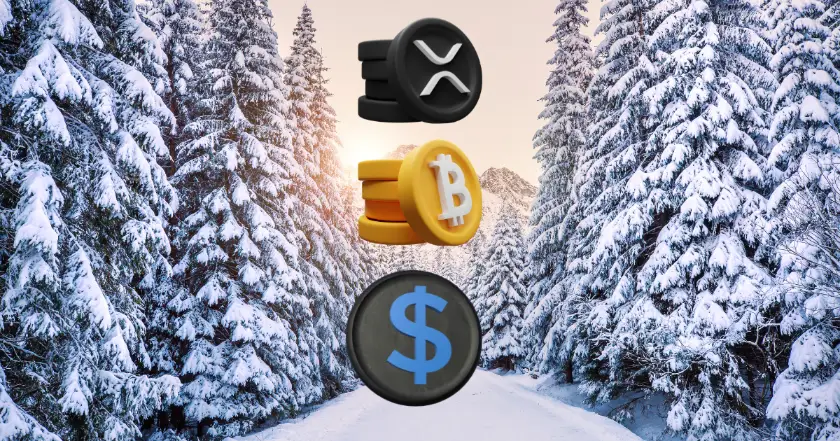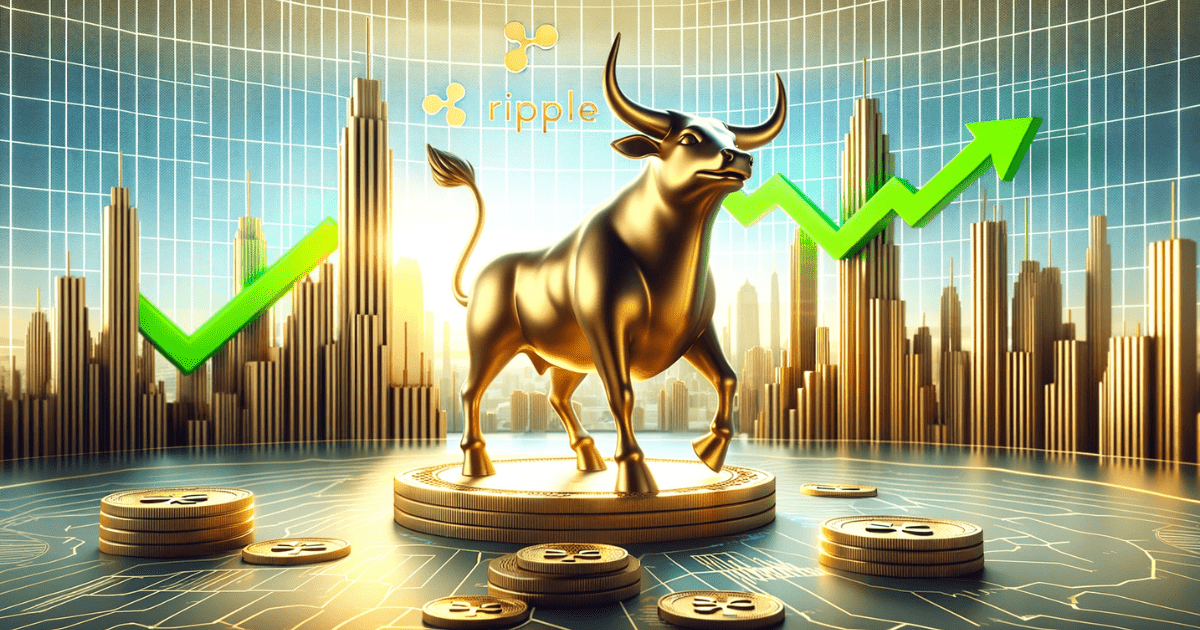Why does Coinbase have insanely high fees? Everything you need to know

Coinbase, the digital marketplace where dreams of crypto wealth are either born or shattered, not least due to its notorious fees.
Let’s embark on a dive into the depths of Coinbase’s fee structure, a topic that has left many a crypto enthusiast scratching their heads, wallets significantly lighter.
SEE ALSO: Coinbase $COIN stock prediction for 2030
First off, let’s address the elephant in the room: Coinbase fees are, indeed, higher than many of its competitors.
This isn’t just your imagination or a conspiracy theory cooked up in the depths of a Reddit thread.
It’s a hard, cold fact.
#Coinbase has announced the new open source on-chain payments protocol to improve its Coinbase Commerce.
Offering instant settlement, low fees and broad payment support, currently supporting the #Ethereum, #Polygon and #Base networks, allowing merchants to accept #cryptocurrency… pic.twitter.com/c6hU6MYp1h
— Ajay Kashyap (@EverythingAjay) November 17, 2023
Why does Coinbase have fees?
The question is, why does Coinbase, in a market where lower fees could attract more users, choose the path of higher charges?
The answer lies in a blend of factors – convenience, security, and a business model akin to that ritzy hotel that charges you $20 for a bottle of water.
The Convenience Factor
Coinbase, akin to the Apple of crypto exchanges, offers a user-friendly experience that’s almost too easy.

Newcomers to the world of Bitcoin, Ethereum, and their dizzying array of digital cousins find solace in Coinbase’s simple interface.
This ease of use comes at a premium.
In a world where convenience is king, Coinbase wears the crown, and like any monarch, it taxes its subjects.
Security and Compliance Costs
Operating on the straight and narrow is expensive.
Coinbase prides itself on being a fully regulated and compliant crypto exchange in the United States.
Compliance with an array of financial regulations, maintaining robust security measures to protect users from the digital boogeymen, and constantly updating systems to keep up with the fast-evolving crypto landscape isn’t cheap.
These costs, unfortunately, trickle down to the user.
The Target Audience
Coinbase targets the casual investor more than the day-trading crypto maverick.
You WILL FAIL as a daytrader
If you do not understand the importance of psychology.
Lets dive deep into trading psychology: pic.twitter.com/a6yULnQ9pp
— BobaTrader🧋 (@BobaTrader) November 11, 2023
This audience may not be as sensitive to higher fees, especially when they’re packaged within a platform that’s as easy to navigate as a children’s book.
Think of it as the crypto equivalent of training wheels.
Sure, you pay more, but you also worry less about taking a tumble (FTX, anyone?).
Additional Services
Coinbase isn’t just a marketplace; it’s a crypto ecosystem.
They offer a range of services, from an educational platform (that rewards you with crypto) to a wallet service and more.
Maintaining and developing these services is yet another cost that contributes to the overall fee structure.
It’s also pretty cool to be able to view all your digital jpegs, I mean NFTs, in the palm of your hand.
The Profit Motive
Let’s not forget that Coinbase is a business, not a charity.
Brian Armstrong, one of Coinbase’s founders, needs to fund his lavish lifestyle somehow.
High fees equal higher revenue. In a capitalist world, that’s not just a strategy; it’s almost a commandment.
Coinbase’s IPO and its obligation to shareholders to turn a profit adds another layer to this.
In conclusion, while Coinbase’s fees might seem like highway robbery in a digital Wild West, there’s method to this madness.
Whether the fees are justified or not depends on your perspective.
Are you willing to pay more for convenience, security, and ease of use?
Or are you a digital cowboy, ready to ride into the sunset of lower-fee exchanges, with all the risks that adventure entails?
The choice, as always in the free market, is yours.




